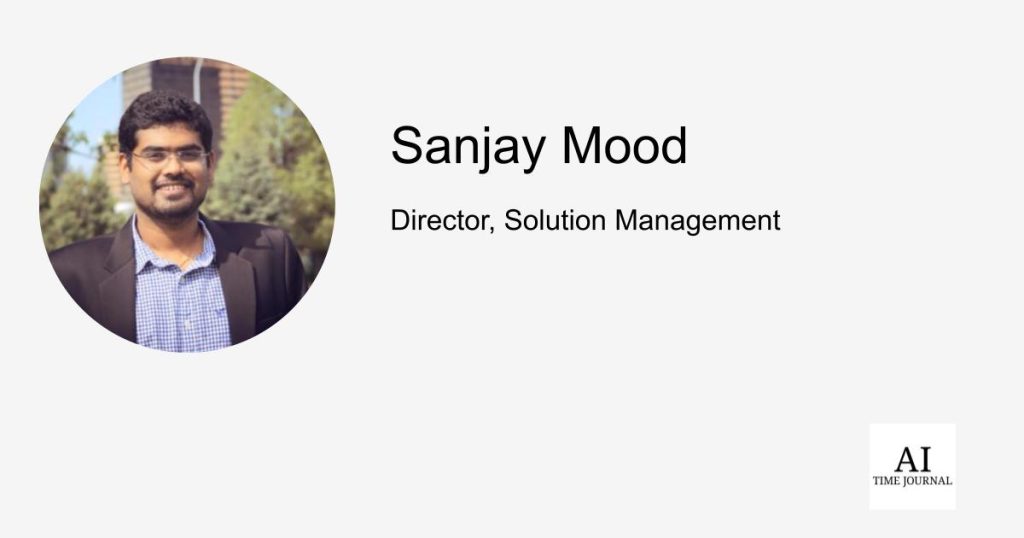
“We need the exact requirements before we build anything.” That was gospel. Now? AI instruments are proposing options earlier than the primary stakeholder even exhibits up.
Someplace between our post-its and product boards, the world quietly shifted. Synthetic Intelligence didn’t burst in with fanfare—it slipped into our workflows. To not substitute the Business Analyst, however to basically reframe the function.
So, let’s get this out of the best way early: AI isn’t taking our jobs. However it’s altering how we do them.
Earlier than AI: BAs Have been the Translators of the Business World
I come from a standard BA background—workshops, whiteboards, ache level discovery. The work was equal elements technique and storytelling. We’d pay attention, dig, and attempt to spot the patterns buried underneath stakeholder noise.
We weren’t simply “gathering requirements”—we have been making sense of what issues and determining the best way to transfer groups ahead.
Our ability set was constructed round:
- Eliciting.
- Analyzing.
- Documenting.
- Facilitating alignment.
And the tip purpose? A strong set of business-ready, buildable necessities.
Now Enter AI: From Guesswork to Sample Recognition
These days, I’ve been digging deep into how AI instruments are being utilized in product and repair organizations—and it’s clear the panorama is shifting.
These instruments can:
- Analyze hundreds of person suggestions entries
- Spot habits traits throughout journeys
- Cluster complaints, options, and friction factors
- Even suggest what to construct subsequent
That is not a “what if.” It’s already taking place. AI fashions can now scan huge knowledge units and return actionable suggestions sooner than a group of people ever may.
That’s not a standard requirement.
That’s a advice—a machine-generated speculation about what the enterprise ought to contemplate.
However whereas the output might sound compelling, what it means (and what to do with it) nonetheless requires human interpretation.
The BA’s Position Isn’t Diminished, However It’s Evolving
From what I’ve noticed throughout a number of AI use circumstances, the actual shift will not be within the disappearance of the BA however within the form of worth we’re anticipated to convey.
As an alternative of simply capturing what folks say they need, we’re now:
- Curating AI-suggested insights
- Validating whether or not they align with precise enterprise objectives
- Translating them into outcomes groups can perceive and act on
As a result of right here’s the reality:
AI doesn’t know that Function X conflicts with subsequent quarter’s compliance plans.
It doesn’t matter that the product roadmap has political weight behind it.
Context nonetheless lives with folks.
A Fast Commentary from a Current Evaluation
In a single case research I reviewed, an AI instrument was used to comb by means of hundreds of help tickets. It flagged a recurring challenge the place customers have been constantly getting caught throughout account setup. The group hadn’t seen it as a result of the complaints have been scattered throughout a number of channels.
The AI noticed the sample.
However it took human analysts to substantiate why it was taking place, prioritize it, and resolve what modifications made sense.
This type of collaboration between machine insights and human judgment is changing into extra widespread—and mandatory.
What’s Altering—and What’s Not
The instruments are getting higher, sooner, and smarter.
AI can:
- Draft person tales
- Detect UX ache factors
- Summarize function requests
- Recommend optimizations
However even with all that horsepower, AI doesn’t substitute:
- Vital pondering
- Strategic facilitation
- Empathy for customers
- Judgment throughout trade-offs
- The human glue that connects groups throughout silos
We’re not dropping relevance—we’re gaining a brand new lens by means of which to do the work higher.
BAs because the Human Filter for AI Suggestions
I really imagine this: We’re not right here to compete with AI.
We’re right here to:
- Ensure that the suggestions match the enterprise
- Sense-check for moral dangers and knowledge biases
- Present the “why” behind the “what.”
- And push again when wanted—not the whole lot that’s statistically important is strategically vital
As BAs, our worth isn’t in doing what AI can’t—it’s in doing what it shouldn’t.
Closing Thought: The Position Isn’t Fading—It’s Deepening
The Business Analyst isn’t changing into out of date.
We’re changing into extra embedded in how clever selections are made.
Whereas AI may floor a dozen choices, solely a talented BA can say:
- “This one aligns with our goals.”
- “That one introduces risk.”
- “Here’s what we’ll do—and why.”
As a result of understanding the best way to clear up an issue is one factor.
Understanding whether or not it’s price fixing?
That’s the place we shine.
Study extra concerning the writer right here.




